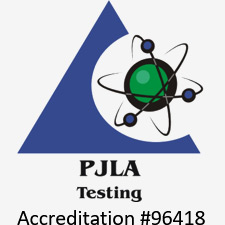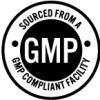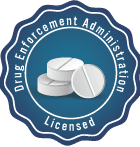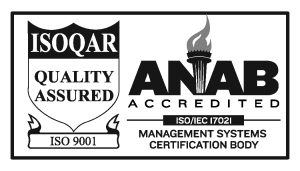In June 2022, Kurt Thaxton and Jan Garbe-Immel of GERSTEL launched their brand new edutainment podcast series Labworks True Podcast in which they delve into the work of analytical chemistry. We were fortunate enough to have Mark, our President, be invited onto episode one to discuss what Jordi Labs does, some of the problems we’ve solved for clients as well as talk about some funny quirks such as: what made printed paper smell like cat urine?
Who is Mark and What Does Jordi Labs Do?
Mark has been in investigative analysis for over 20 years and he explained how much fun it is to discover what is coming out of a material, solve problems for clients and a range of other work. The other main part of the business is regulatory support, which involves a lot of E&L testing work that helps ensure the safety of medical devices and pharmaceutical packaging.
“I think it [E&L testing] is actually one of the hardest analytical problems you could ever try to solve.”
Jordi Labs is world-renowned for our work in E&L testing, which we started around 15 years ago before it even had that name, and this attracts clients who manufacture medical devices. At the time, there was little to no guidance on how E&L testing should be conducted, clients would often reach out to Mark and our team for help.
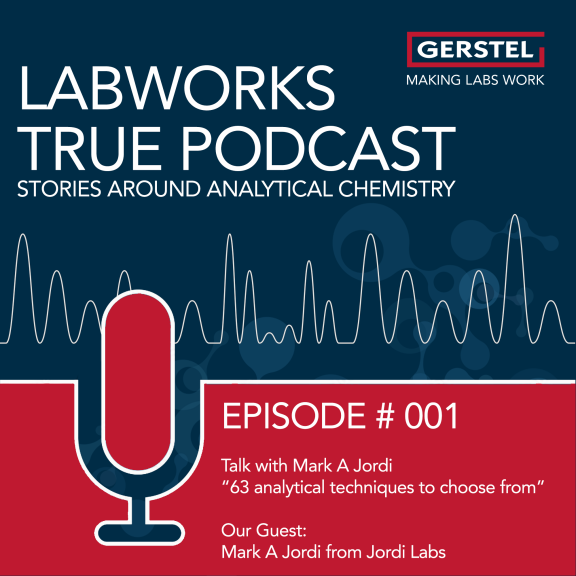
One example Mark gave was of a client who manufactured implantables and they wanted to know what was coming out of the device and what is being transmitted into the human body. At the time, there were no guidance documents and Mark was having to find the best way to determine what the device was emitting. We tackled this challenge by extracting the medical device and characterizing the solvents using a range of techniques, including LCMS, GCMS and head space. This unknown identification problem was highly related to Jordi’s existing work problem solving for industrial clients.
“[E&L testing] is probably one of the greatest analytical challenges of our time and it’s frankly a very fun problem to work on.”
Today, things are a little more advanced. Mark and the team now have access to information about the materials of construction before starting analysis as well as a range of well established analysis techniques. However, we don’t always know what will be released from a medical device and sometimes surprises occur, which is why Mark recommends having a broad screening method that will be able to catch anything.
Analyzing Coffee and K Cups
Jan asked Mark if he could provide another scenario that wasn’t related to E&L testing, but where Jordi Labs was still able to discover new information that could interest and help others.
“Is there a cool story you can bring to us?”
For the coffee-lovers out there, this might grab your attention. Mark explained how when K cups were introduced into the market, he started to wonder what materials ended up in his body after drinking from one of them.
“As an extractables and leachables chemist, I just had to know. So I said, ‘Well we’ve gotta take a K cup and figure out what happens when you stick that piece of plastic into my system and you start boiling hot water through it. I wanted to know did anything come out and go into my coffee in the morning’.
Mark and his team at Jordi Labs carried out a case study based on his suspicions that they might find some materials through this scenario. They used a coffee maker to make coffee, and then analyzed the coffee that had been contained in a K cup compared to coffee that wasn’t. Why not check out the results of a similar case study and read up on what Mark discovered about K cups?
Wake Up And Smell The Roses
Both Jan and Kurt are curious about the different odours chemicals produce, as they started talking about why some paper was produced smelling like cat urine or why some beers don’t quite smell ‘right’. Mark shared his interest in gardening, which led him to wonder what it was that made roses smell so good. You might have already figured this out, butMark decided he had to find out what it was and carried out some research by using dynamic head space to get a full chemical picture.
Mark discovered that there are 26 different fragrance chemicals in a rose and that the sweetest and most abundant component is dimethoxy toluene. So although individually those 26 chemicals might smell of pepper or lemon, when combined with many others they produce the beautiful fragrance of roses.
“We Love To Learn”
If you’re interested in learning more about Mark and the Jordi Labs team, you might be able to catch us a national meeting, like Pharma Ed, tradeshows and other events in the E&L testing sector.
Mark explains how he loves meeting up with colleagues, learning new things and being able to talk to other people in the industry about the latest discoveries, analytical services, regulations and everything else in between. You’ll find us on Facebook, LinkedIn and Twitter where we’ll be more than happy to connect with you.
To listen to the full podcast, why did the paper smell like cat urine, after all?, and for monthly episodes from the GERSTEL LabWorks True Podcast you can check out their podcast webpage. Alternatively, the podcast can be found on Amazon, Apple, Google and Spotify.


